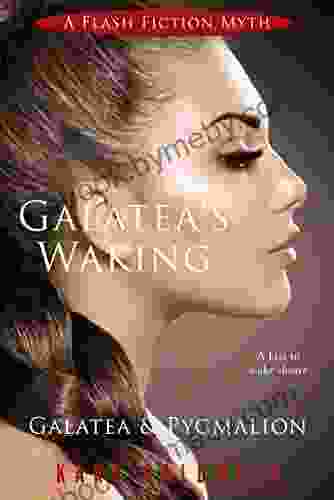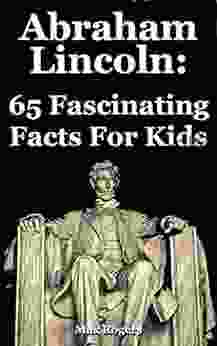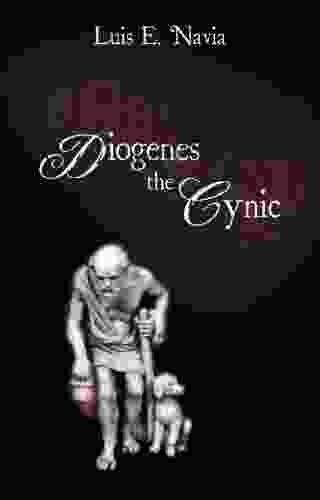Galatea and Pygmalion: A Timeless Tale from Myth to Modernity

In the annals of mythology, the tale of Galatea and Pygmalion stands as a captivating narrative of love, desire, and the transformative power of art. Originating in ancient Greece, this myth has captivated imaginations for centuries, inspiring countless works of art, literature, and music. Its enduring relevance continues to resonate in contemporary society, offering insights into the complexities of human relationships and the creative process.
4 out of 5
| Language | : | English |
| File size | : | 274 KB |
| Text-to-Speech | : | Enabled |
| Screen Reader | : | Supported |
| Enhanced typesetting | : | Enabled |
| Word Wise | : | Enabled |
| Print length | : | 10 pages |
| Lending | : | Enabled |
This article delves into the rich history and enduring allure of the Galatea and Pygmalion myth. We will explore its origins, evolution through the ages, and its profound impact on artistic and literary endeavors. Moreover, we will examine the multifaceted interpretations of this timeless tale, uncovering its relevance to psychology, gender studies, and the human condition.
The Original Myth
The legend of Galatea and Pygmalion finds its roots in the Metamorphoses, a collection of mythological transformations penned by the Roman poet Ovid in the 1st century CE. According to Ovid's account, Pygmalion was a Cypriot sculptor who, disillusioned by the unfaithfulness of women, dedicated his life to creating the perfect female form from ivory.
Through his meticulous artistry, Pygmalion breathed life into his creation, naming her Galatea. In a twist of fate, the goddess Aphrodite, moved by Pygmalion's devotion to his creation, granted Galatea life. Overjoyed, Pygmalion and Galatea embarked on a life filled with love and mutual adoration.
Evolution of the Myth Through the Ages
The myth of Galatea and Pygmalion has undergone significant transformations throughout history. During the Renaissance, artists such as Sandro Botticelli and Jean-Léon Gérôme depicted Galatea as a symbol of feminine beauty and the transformative power of art. In the 18th century, the French philosopher Jean-Jacques Rousseau adapted the myth to explore the themes of female subjectivity and desire.
The 19th century saw a renewed interest in the myth, particularly in the context of Romanticism. Writers like George Bernard Shaw and Mary Shelley used the story to explore the complexities of love, creativity, and the nature of the artist's muse.
The Pygmalion Effect
In the early 20th century, the psychologist Robert Rosenthal coined the term "Pygmalion effect" to describe the phenomenon where the expectations of one person can influence the performance of another. This theory has been applied in various fields, including education and management, demonstrating the profound impact that beliefs can have on outcomes.
The Pygmalion effect highlights the importance of positive reinforcement and self-fulfilling prophecies. By believing in someone's potential, we can create an environment that fosters growth and achievement.
Modern Interpretations
In contemporary society, the myth of Galatea and Pygmalion continues to inspire creative interpretations across various disciplines. In literature, authors such as Margaret Atwood, Jeanette Winterson, and Salman Rushdie have revisited the myth to explore themes of gender, identity, and the creative process.
In film, adaptations like "My Fair Lady" and "Lars and the Real Girl" offer modern retellings of the Pygmalion effect, examining the power dynamics between creators and their muses.
Relevance to Psychology, Gender Studies, and the Human Condition
Beyond its literary and artistic significance, the myth of Galatea and Pygmalion holds profound relevance to psychology, gender studies, and the human condition.
- Psychology: The myth sheds light on the psychology of love, desire, and the creative process. It explores the complex interplay between fantasy and reality, as well as the longing for perfection.
- Gender Studies: The myth has been analyzed through a gendered lens, examining the power dynamics between men and women, the objectification of women, and the female gaze.
- The Human Condition: The myth offers insights into the universal human desires for love, companionship, and the pursuit of unattainable ideals.
The tale of Galatea and Pygmalion has captivated imaginations for centuries, transcending time and cultures. From its humble origins in ancient Greece to its enduring relevance in contemporary society, this myth continues to inspire, provoke, and shed light on the complexities of human nature and the creative process.
Through its various interpretations in art, literature, and psychology, the myth of Galatea and Pygmalion invites us to reflect on the power of love, the nature of desire, and the transformative potential of both art and imagination. As a timeless testament to the human spirit, this myth will undoubtedly continue to resonate with audiences for generations to come.
4 out of 5
| Language | : | English |
| File size | : | 274 KB |
| Text-to-Speech | : | Enabled |
| Screen Reader | : | Supported |
| Enhanced typesetting | : | Enabled |
| Word Wise | : | Enabled |
| Print length | : | 10 pages |
| Lending | : | Enabled |
Do you want to contribute by writing guest posts on this blog?
Please contact us and send us a resume of previous articles that you have written.
 Book
Book Novel
Novel Page
Page Chapter
Chapter Text
Text Story
Story Genre
Genre Reader
Reader Library
Library Paperback
Paperback E-book
E-book Magazine
Magazine Newspaper
Newspaper Paragraph
Paragraph Sentence
Sentence Bookmark
Bookmark Shelf
Shelf Glossary
Glossary Bibliography
Bibliography Foreword
Foreword Preface
Preface Synopsis
Synopsis Annotation
Annotation Footnote
Footnote Manuscript
Manuscript Scroll
Scroll Codex
Codex Tome
Tome Bestseller
Bestseller Classics
Classics Library card
Library card Narrative
Narrative Biography
Biography Autobiography
Autobiography Memoir
Memoir Reference
Reference Encyclopedia
Encyclopedia Pallav Kalamkar
Pallav Kalamkar Stacey Abrams
Stacey Abrams Julie Salamon
Julie Salamon Kekla Magoon
Kekla Magoon Tony Abbott
Tony Abbott Turid Rugaas
Turid Rugaas M S Holm
M S Holm Mimi Barbour
Mimi Barbour Kathryn Reed
Kathryn Reed Kate Darling
Kate Darling One Edition Kindle Edition
One Edition Kindle Edition Katherine Scarim
Katherine Scarim Victoria L Dunckley
Victoria L Dunckley Stuart Kells
Stuart Kells Tea Rozman Clark
Tea Rozman Clark Kate Tietje
Kate Tietje Mike Leonard
Mike Leonard Kathie Lee Gifford
Kathie Lee Gifford Kevin Salwen
Kevin Salwen Katherine Leigh
Katherine Leigh
Light bulbAdvertise smarter! Our strategic ad space ensures maximum exposure. Reserve your spot today!
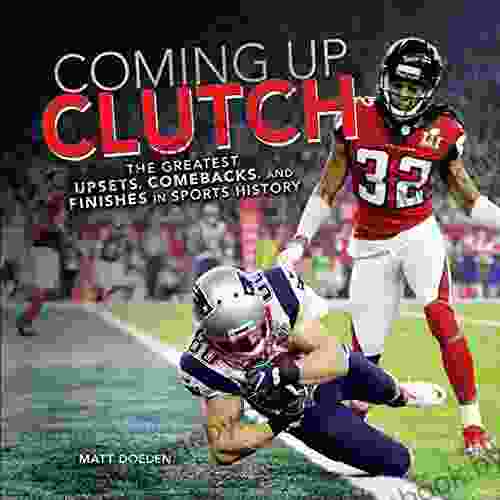
 Warren BellThe Greatest Upsets, Comebacks, and Finishes in Sports History: Spectacular...
Warren BellThe Greatest Upsets, Comebacks, and Finishes in Sports History: Spectacular...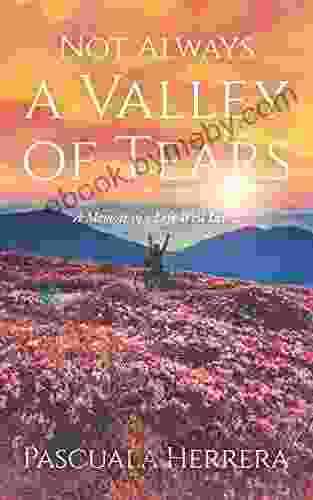
 Anthony BurgessMemoir of a Life Well Lived: An Inspiring Journey of Love, Loss, and Triumph
Anthony BurgessMemoir of a Life Well Lived: An Inspiring Journey of Love, Loss, and Triumph Bobby HowardFollow ·10.9k
Bobby HowardFollow ·10.9k Chuck MitchellFollow ·17k
Chuck MitchellFollow ·17k Henry David ThoreauFollow ·6.3k
Henry David ThoreauFollow ·6.3k Ed CooperFollow ·16.5k
Ed CooperFollow ·16.5k Miguel de CervantesFollow ·9.2k
Miguel de CervantesFollow ·9.2k Brenton CoxFollow ·15.7k
Brenton CoxFollow ·15.7k Jaime MitchellFollow ·2k
Jaime MitchellFollow ·2k E.E. CummingsFollow ·14.9k
E.E. CummingsFollow ·14.9k
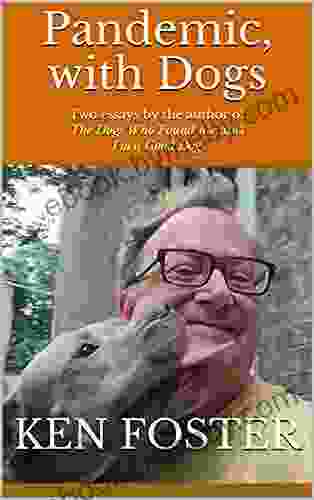
 George Orwell
George OrwellPandemic with Dogs: Two Essays
By Susannah Charleson In the midst of...
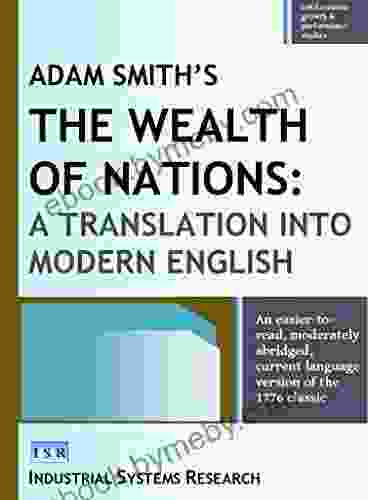
 Leo Mitchell
Leo MitchellAdam Smith's The Wealth of Nations: A Classic Treatise on...
Adam Smith's The...
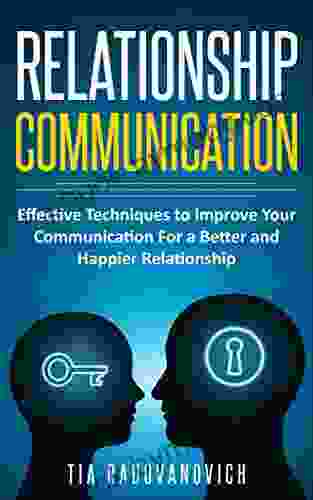
 Cade Simmons
Cade SimmonsUnlock Your Communication Potential: Effective Techniques...
Communication is a fundamental...

 Floyd Richardson
Floyd RichardsonFire and Ashes: Success and Failure in Politics
Fire and Ashes: Success and...

 Oliver Foster
Oliver FosterUnlock the Enchanting Mystery of Ken Follett's "The Key...
Embark on a captivating literary journey into...
4 out of 5
| Language | : | English |
| File size | : | 274 KB |
| Text-to-Speech | : | Enabled |
| Screen Reader | : | Supported |
| Enhanced typesetting | : | Enabled |
| Word Wise | : | Enabled |
| Print length | : | 10 pages |
| Lending | : | Enabled |


